What first comes to mind when talking about Fushimi Inari Taisha, also known as Fushimi Inari Grand Shrine 伏見稲荷大社, is the iconic image of the endless row of red torii gates. But there is much more behind this iconic image. Dedicated to the country’s most revered deity, this shrine heads a network of more than 30,000 Inari shrines spread throughout Japan, making it one of the main spiritual and cultural symbols, not only in Kyoto but throughout Japan.
- The History of Fushimi Inari Taisha
- Why is Inari So Popular?
- How Many Red Torii Gates are There at Fushimi Inari Taisha?
- What are the Inscriptions on the Torii Gates?
- How Long Does it Take to Climb Mount Inari?
- When is the Best Time to Visit Fushimi Inari?
- The Foxes of Fushimi Inari Taisha
- Timetable and Directions to Fushimi Inari
- Is it Worth Going to Fushimi Inari?
The History of Fushimi Inari Taisha
Founded in 711 AD, this shrine has more than 1,300 years of history. The Hata clan, one of the most prominent between the second and sixth centuries, decided to officialize the cult of Inari, a deity who is believed to have been worshipped already for several centuries at that point.
According to the mythical account collected in the literary work Yamashiro Koku Fudoki 山城国風土記, an ancestor of the said clan named Hata no Irogu, practiced marksmanship using mochi 餅, also called rice cakes. An arrow pierced one of the cakes and transformed into a swan that flew to the top of the mountain, where rice began to grow. This miraculous event marks the beginning of the legend of Inari Okami 稲荷神 and gives Mount Inari its name.
According to shrine records, the year 711 was when an imperial envoy arrived to enshrine the local deities on the mountain after farmers in the area had suffered a series of bad harvests.
A Deity Revered in Both Shinto and Buddhism
The early Heian period (794-1185) saw Inari’s popularity flourish along with its shrine thanks to the Hata clan’s great political influence. When the Buddhist temple To-Ji was built in Kyoto in 796, the clan provided wood from Mount Inari trees. Inari thus became To-Ji’s guardian deity.
For those who are wondering why a Shinto deity is the guardian of a Buddhist temple, it’s worth noting that although distinctions exist today between Shinto and Buddhism, at that time such contradiction was non-existent. At this point, to get a better understanding of Inari’s cult and its history, it’s necessary to mention that the separation between Buddhism and Shinto is nothing more than a recent concept from the Meiji era, as a political tool to cement the new imperial power and Shinto as a state religion. Until then, both systems of belief were so intertwined with each other (a phenomenon known as shinbutsu-shugo 神仏習合, that in practice, it was like talking about the same thing.
The shrine’s relevance grew further between the ninth and 10th centuries when a series of imperial decrees gradually raised Inari’s status as a deity until, in 942, Fushimi Inari acquired the highest possible rank for a Shinto shrine. During the same period, the shrine also received the benefits of imperial patronage, a privilege reserved for just about twenty shrines. Its position as a mandatory stop on any pilgrimage was established and consolidated.
Between the late 15th and mid-17th centuries, the main enclosures we know today were built. Honden 本殿, or main pavilion, was rebuilt in 1499 after being destroyed in a fire in the midst of the Onin Rebellion in 1468. Officially designated as an Asset of Cultural Importance, its detailed and colorful decorations are a grand architectural sample of the Azuchi-Momoyama period.
Next are the inner and outer pavilions. The former is where worshippers can pray to Inari, while the latter is where kagura 神楽, ritual Shinto dances, are performed. The latter was built at the end of the Edo period in 1840 and has the official designation of Important Cultural Asset. The magnificent Romon Gate (another Important Cultural Asset) was built in 1589 thanks to a generous donation by Toyotomi Hideyoshi after his mother recovered from an illness for which he prayed to Inari.
 Fushimi Inari Taisha
Fushimi Inari Taisha
ESTABLISHMENT PLACE_OF_WORSHIP POINT_OF_INTEREST- 68 Fukakusa Yabunouchichō, Fushimi Ward, Kyoto, 612-0882, Japan
- ★★★★☆
Why is Inari So Popular?
It is impossible to pinpoint a specific reason. Inari is practically the most all-purpose and all-powerful deity in Japan. Anything related to prosperity or good luck in general falls under its domain.
It’s such a versatile deity that it can acquire multiple forms tailored to each consumer’s taste. It can be represented in male or female form or as an androgynous Bodhisattva. Moreover, it can take on disparate figures ranging from a white fox, its own messenger, to a snake or dragon.
Left image: Ukiyo-e illustration by Utagawa Kuniyoshi Right image: Ukiyo-e illustration by Ogata Gekko
Inari is the personification of the aforementioned shinbutsu-shugo. Its popularization throughout Japan was a process parallel to the expansion of Buddhism in the archipelago, so various Shinto and Buddhist traditions were congregated around its figure. Its divine qualities and attributes were gradually more and more enriched, allowing anyone to appeal to this deity regardless of their preferences. So much so that depending on the context, it may not even be a single deity but a kami collective.
The Edo period was particularly important for the cult of Inari. By that time, it was also considered the patron deity of blacksmiths and warriors, leading to many feudal lords erecting Inari shrines in their various domains. This is the origin of the thousands and thousands of Inari shrines subsidiary to Fushimi Inari Taisha scattered throughout the country.
How Many Red Torii Gates are There at Fushimi Inari Taisha?
The most famous section is the one behind the main pavilion, called senbon torii 千本鳥居, literally meaning a thousand gates. These are two parallel rows (one for each way) densely packed with vermilion-colored torii gates, which are the most popular and photogenic attraction of the entire complex. However, the gates do not end there. Along the 4-kilometer-long paths leading to the top of Mount Inari, there are also many gates, up to approximately ten thousand throughout the complex.
This number fluctuates as new gates are constantly being added while those that have succumbed to the passage of time are being removed. This is because each gate is a donation to the shrine as an offering to Inari. It can be an individual, company, or group. Anyone can donate, but the high cost of each door (between 200,000 and 1.6 million yen) means that the vast majority belong to Japanese companies.
The tradition of donating gates began during the shrine’s heyday in the Edo period. When business transactions began to be carried out with money instead of just rice, Inari’s influence as the all-powerful kami for agriculture and fertility also came to encompass everything related to trade and finance. As a result, some businessmen began to donate generous amounts to buy a gate as an offering, and the custom took off.
On the other hand, it’s not necessary to be loaded if we want to make an offering to Inari. At several points along the route, we have the opportunity to buy mini torii gates, small bottles of sake, or handmade straw sandals, a symbol of the pilgrimage.
 Senbon Torii (Thousand Torii Gates)
Senbon Torii (Thousand Torii Gates)
ESTABLISHMENT PLACE_OF_WORSHIP POINT_OF_INTEREST- 68番地 Fukakusa Yabunouchichō, Fushimi Ward, Kyoto, 612-0882, Japan
- ★★★★☆
What are the Inscriptions on the Torii Gates?
As previously noted, each gate is a donation. On one side, each door has, on the left “納” and the right “奉.” Together they mean hounou 奉納 (offering), read from right to left. On the other side, there’s the name of the person or organization that donated the gate on the left. On the right side is the date of that donation.
How Long Does it Take to Climb Mount Inari?
Climbing the 233m high Mount Inari is not particularly difficult as the way up is mostly flights of stairs. Between going up and down, it is approximately 4 to 5 Km. It can take about three or four hours (or more) if you go at a leisurely pace and want to thoroughly walk all the existing sections and stop at different points of interest along the way.
Okusha Hohaisho 奥社奉拝所, also known simply as Oku-in 奥院 is located at the end of the first thousand gates and is a prayer enclosure dedicated to Mount Inari. Here you can leave offerings and also make a wish on stone lanterns called Omokaruishi 重軽石, literally “light heavy stone.” They are called so because when you make a wish in front of one of them, you have to lift the spherical stone on top of it. Legend has it that if the stone is lighter than one imagined, the wish will come true. Conversely, if the stone feels heavier than expected, it does not bode well for the wish. Also, the ascent to Mount Inari is full of interesting corners and different shrines where you can leave offerings or simply rest, have a cup of tea and enjoy the view of the scenery.
The three main peaks and their corresponding shrines are San-no-mine 三ノ峰, Ni-no-mine 二ノ峰 and Ichi-no-mine 一ノ峰. Literally, the third, second, and first peak respectively. Ichi-no-mine is located on the highest peak at 233 meters above sea level. From that point, you don’t need to return the same way, as you can embark on the descent down the other side of the mountain, where you will also find more stops and additional offering areas.
 Mount Inari
Mount Inari
ESTABLISHMENT PLACE_OF_WORSHIP POINT_OF_INTEREST- 68 Fukakusa Yabunouchichō, Fushimi Ward, Kyoto, 612-0804, Japan
- ★★★★☆
When is the Best Time to Visit Fushimi Inari?
The fact that Fushimi Inari is open 24 hours a day is a huge advantage when planning any visit. Having said that, we must take into account that we are talking about the most famous monument in Kyoto and probably one of the most famous in the whole country. Naturally, it’s full of visitors during most of the day, so if the goal is to visit the place in peace and take pictures without large crowds, it’s best to go at dawn.
The Foxes of Fushimi Inari Taisha
The most distinctive element of any shrine dedicated to Inari is the omnipresent and abundant presence of kitsune, the fox, and Inari’s divine messengers. The kitsune is another figure as complex as Inari. They are considered both kami and yokai and possess a mischievous nature that may be benevolent or malicious. Unlike flesh-and-blood foxes, these mythological creatures are completely white and have always held a prominent position in Japanese folklore. Their link to Inari and the good favor of farmers are believed to have originated from the mountain foxes serving as effective pest control. Moreover, the fox is also a prominent figure in Chinese and Korean mythology, which has also influenced Japanese culture.
Abura-age and Inari Sushi, The Favorite Delicacy of the Divine Messengers
There are two very typical things that the Japanese always associate with foxes and Inari shrines: fried tofu (known as Abura-age) and inari sushi. Traditionally, it’s explained that fried tofu is the favorite dish of foxes, hence the popularity of inari sushi, which consists of sushi rice with fried tofu. The truth is that originally, what foxes were supposed to like was mice (some even go so far as to say fried mice). But since the idea of killing was considered taboo, people opted to make offerings of fried soybeans instead. Eventually, fried tofu also began to be stuffed with rice because of the connection of this grain with the origins of the Inari cult, which led to what’s known today as inari sushi.
As expected, these dishes are part of the usual gastronomic offerings in various restaurants in Inariyama and its surroundings, where we can also find the popular Kitsune udon, consisting of an udon dish with abura-age. We can enjoy these delicacies at Nishimura Tei, which also has great views of Kyoto.
 Nishimura-tei
Nishimura-tei
ESTABLISHMENT FOOD POINT_OF_INTEREST- Japan, 〒612-0804 Kyoto, Fushimi Ward, Inariyamakanyūchi, 四ッ辻
- ★★★☆☆
Timetable and Directions to Fushimi Inari
The best part of Fujimi Inari Taisha is its opening hours: 24 hours! It is a free-access shrine that can be visited at any time of the day, even at night. The easiest way to get there is via the Keihan Main Line or Nara Line, at Fushimi-Inari or Inari Station respectively. Both stations are very close to the shrine. Fushimi-Inari is only a 5-minute walk away while Inari Station is a short walk from the shrine.
 Fushimi-Inari Station
Fushimi-Inari Station
ESTABLISHMENT POINT_OF_INTEREST TRAIN_STATION- Fukakusa Ichinotsubocho, Fushimi Ward, Kyoto, 612-0012, Japan
- ★★★★☆
 Inari Station
Inari Station
ESTABLISHMENT POINT_OF_INTEREST TRAIN_STATION- Fukakusa Inarionmaecho, Fushimi Ward, Kyoto, 612-0881, Japan
- ★★★★☆
Is it Worth Going to Fushimi Inari?
Fushimi Inari Taisha is an incredible and hard-to-beat experience. It’s well worth taking the time to explore the entire site at your leisure. It is an excursion of several hours full of magic, history, and culture in a mountain tour that also allows us to enjoy nature, scenery, and panoramic views over the city of Kyoto. In addition, as an ideal complement to this visit, we also recommend not to overlook the rest of the Fushimi district and its many sake breweries.
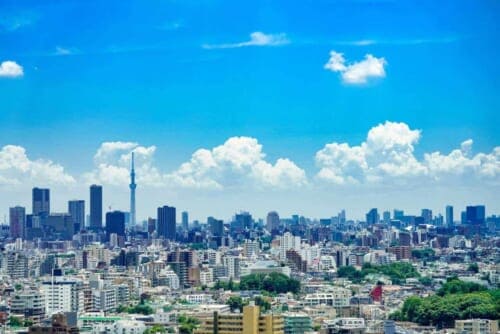


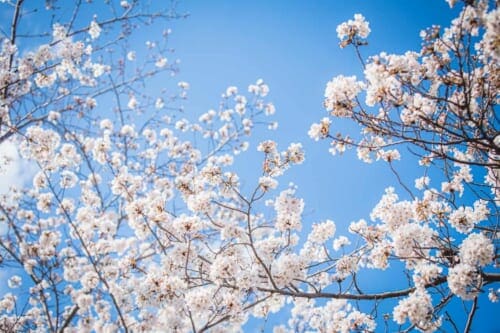

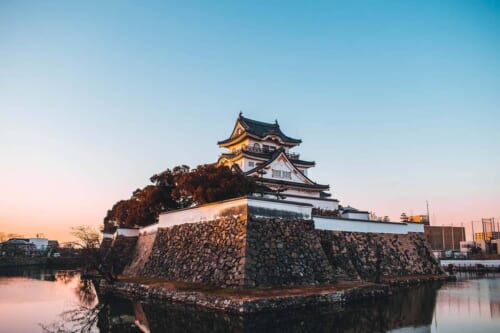
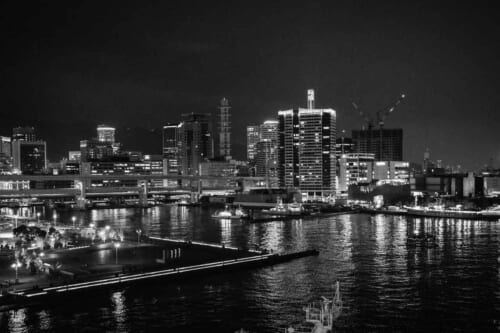
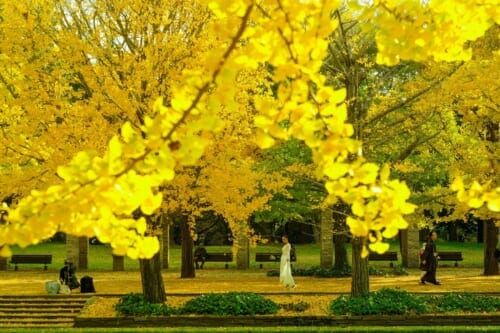
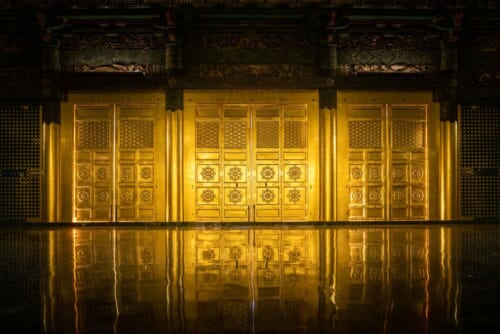
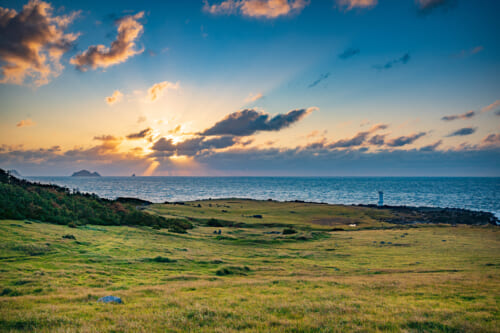


No Comments yet!